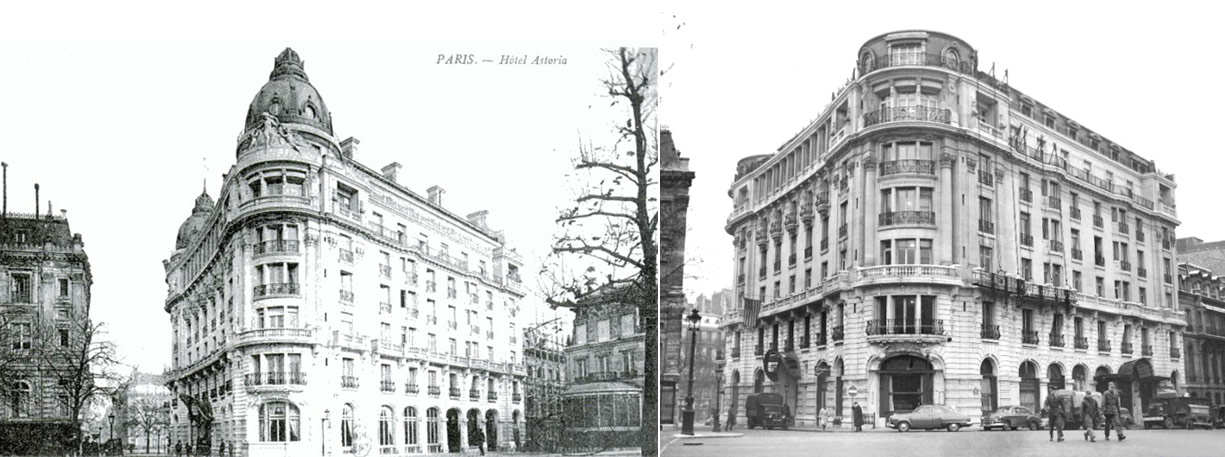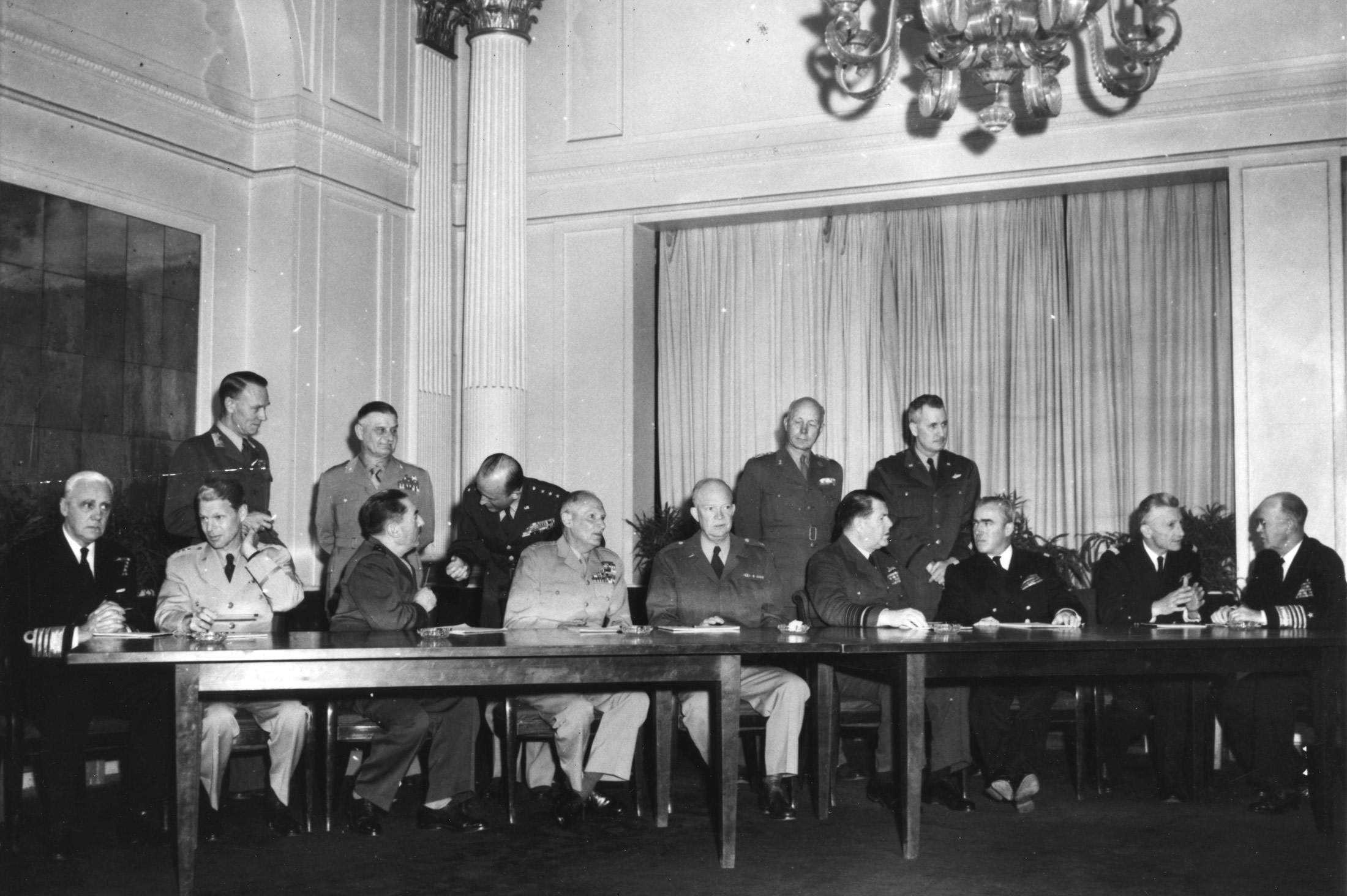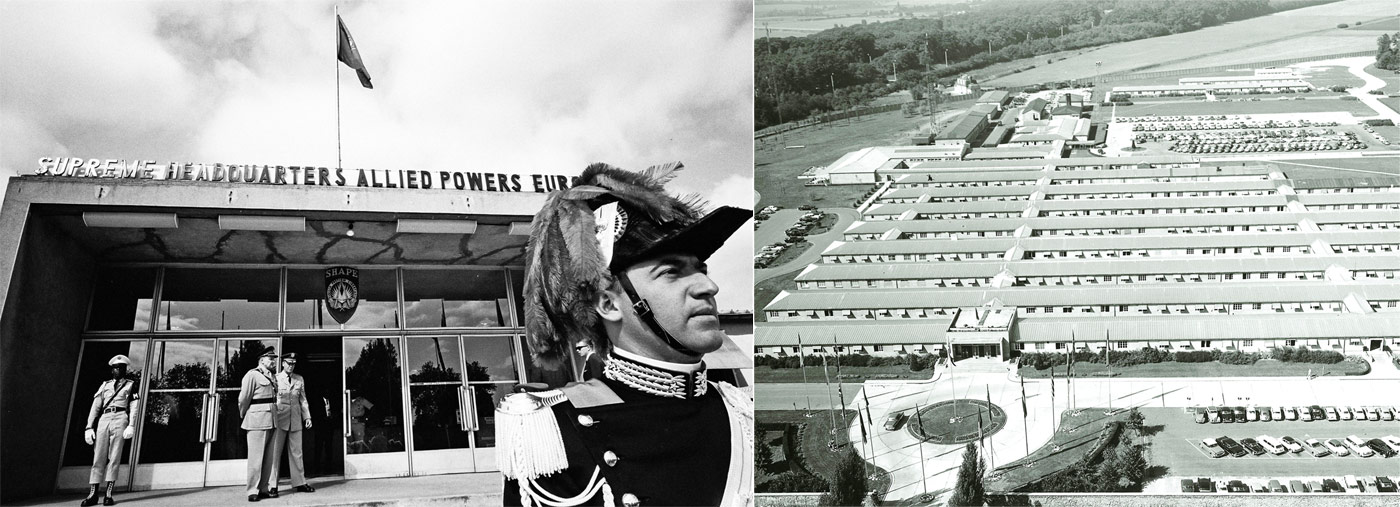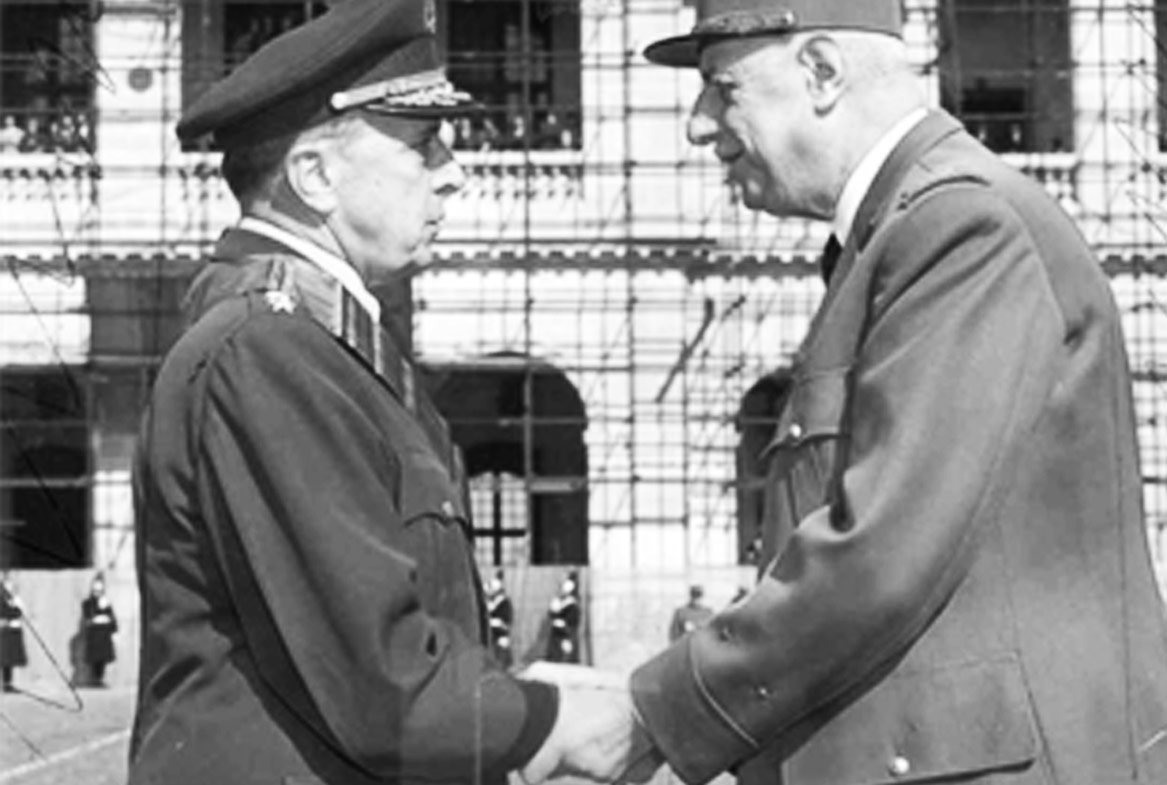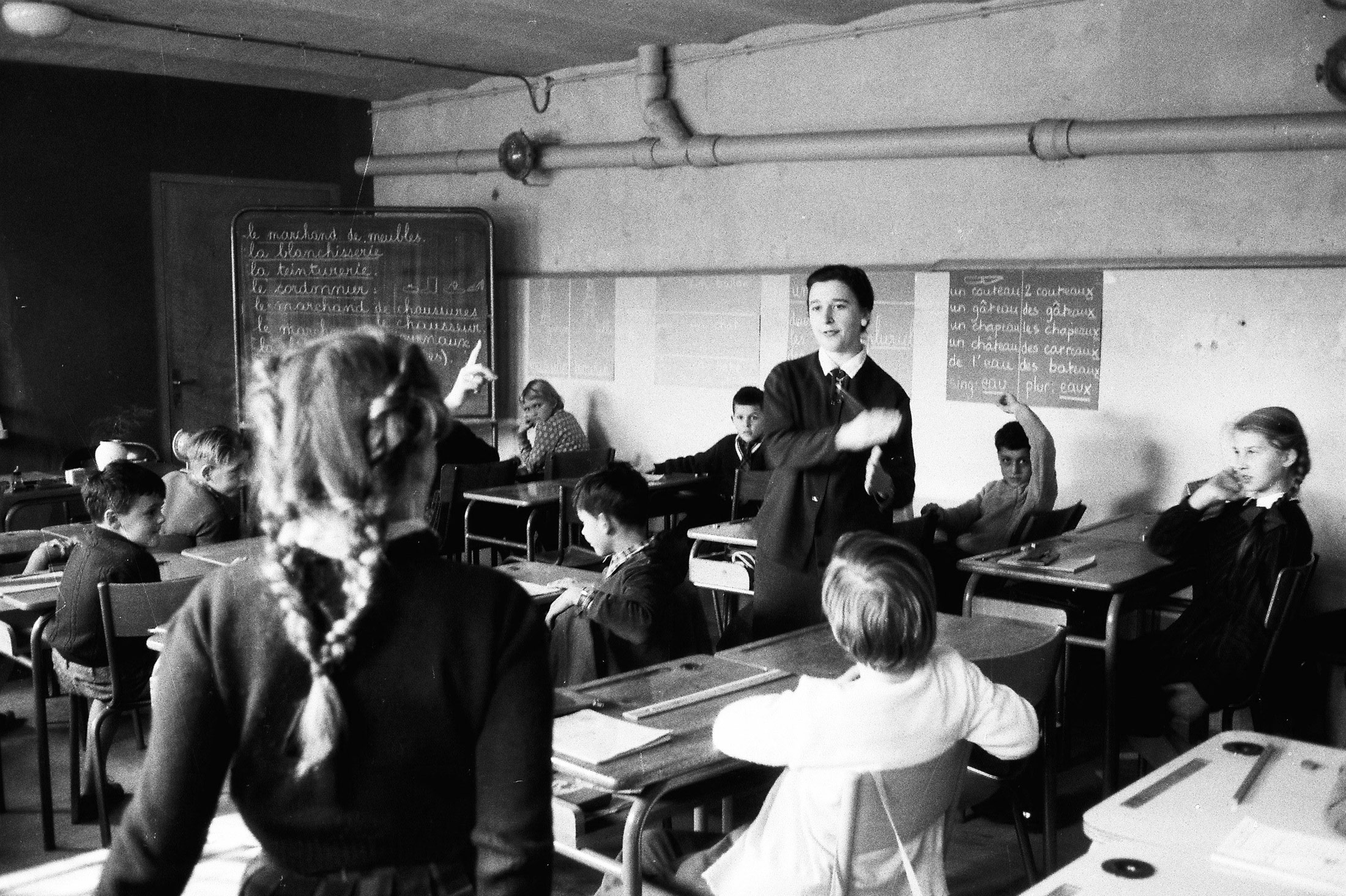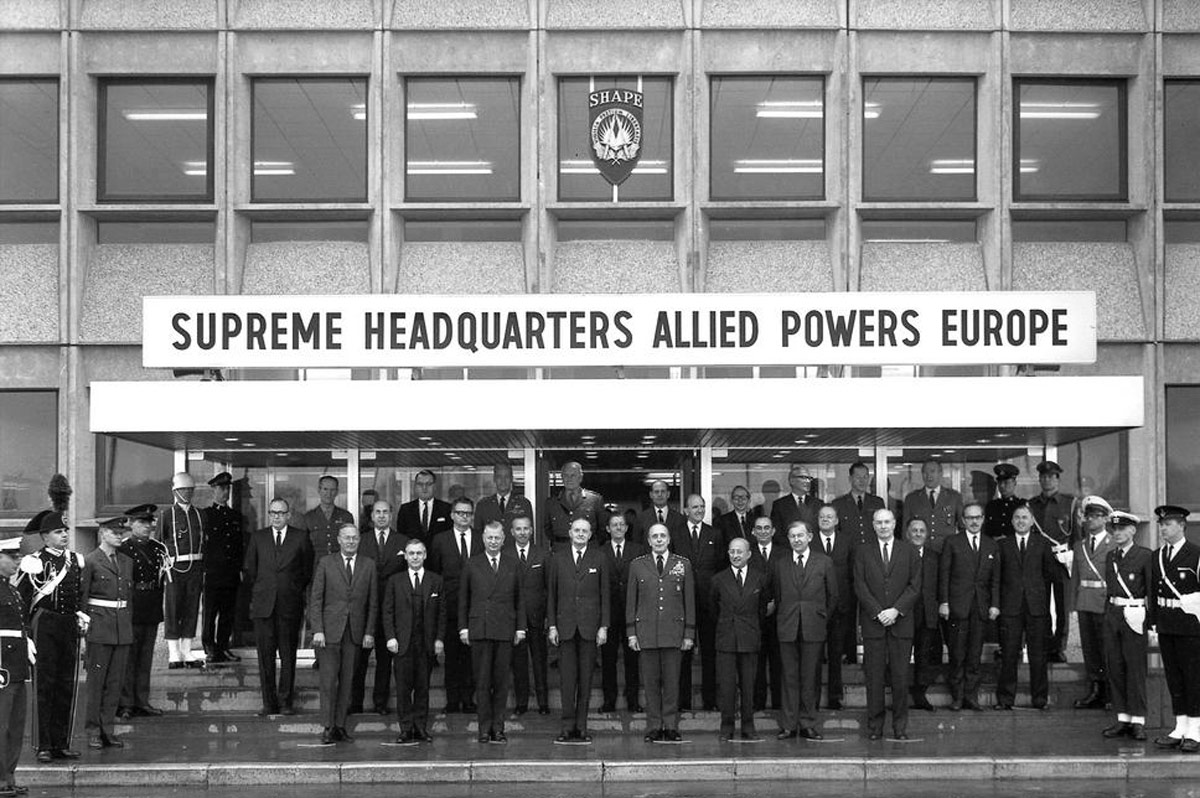How SHAPE took shape
The Hotel Astoria
The Hotel Astoria, on the Champs-Elysées in Paris, was where US General Dwight Eisenhower set up the Planning Group of the Supreme Headquarters Allied Powers Europe (SHAPE) as of 1 January 1951.
This hotel, built in 1907, had a very peculiar destiny.
Initially German-owned, it was requisitioned by France during World War I. The Astoria was also known to Parisians as the “Kaiser hotel”, as Kaiser Wilhelm had booked a suite there in 1914 to celebrate the hypothetical capture of Paris and the triumphal march through the French capital. It was then used as a military hospital, closing in 1925, before being sold and reopened immediately afterwards.

